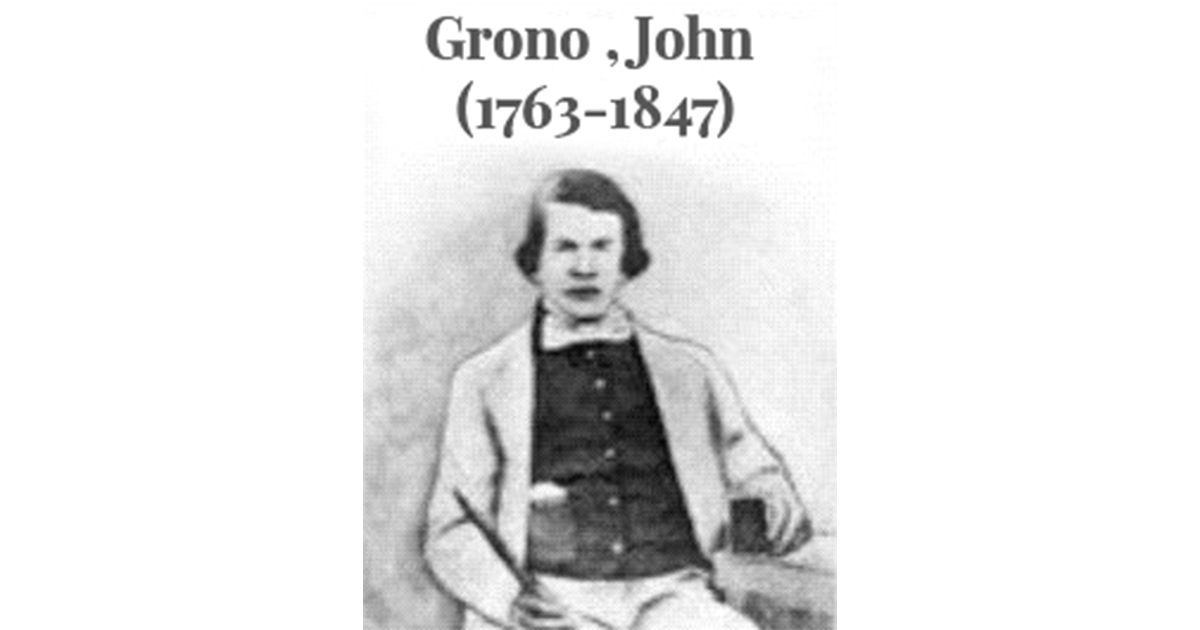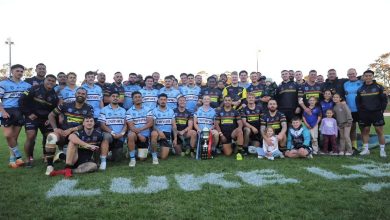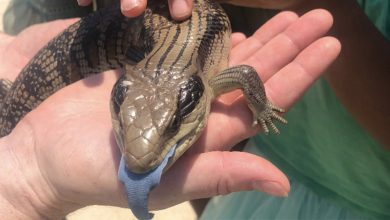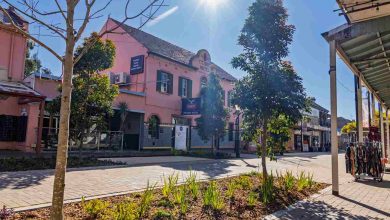Captain John Grono, in the “Governor Bligh,” picked up a gang of sealers off Secretary Island, a little rocky island on the far south west coast of New Zealand.
These men had been left there by the “Active,” three years previously, and had existed upon seal meat and the roots of ferns. Many of these little islands off the coast of New Zealand had been known and worked by the sealers long before they were “officially” discovered.
Grono himself is credited with having named the Foveaux Straits during his voyages in the “Governor Bligh,” and many of the islands bear names bestowed on them by the sealers. On March 11th, 1809, Captain Grono brought the “Governor Bligh” into Port Jackson with 10,000 seal skins aboard, he was followed three days later by Captain Ebor Bunker, in the “Pegasus,” with 12,600 skins.
Prices were then at their peak, and skins were fetching 30/- each in London, so it can readily be understood what fortunes were being made in the sealing industry. In three voyages between 1813 and 1819, the “Governor Bligh” brought in over 34,000 skins— and as the skipper and crew received a percentage of the catch, Captain Grono soon had sufficient capital to launch out on his own account.
In April, 1821, he received a grant of land on the banks of the Hawkesbury River, near Windsor, and here he commenced shipbuilding in partnership with Barnett Levey (of the old Royal Hotel, George St Sydney) and James Cooper—the firm being known as Cooper, Levey & Grono. On 21 December 1821, the brig, “Elizabeth” (130 tons), was launched at Windsor with great ceremony, most of the elite of Sydney and Parramatta being present.
Captain Grono took command of his new ship and left upon a sealing voyage which occupied nearly two years, returning on October 23rd, 1823. On her next voyage the “Elizabeth” was placed in the command of Captain Books (who had married one of Grono’s daughters); John Grono remaining ashore to supervise the shipbuilding. The “Industry” was the next vessel built by Grono, and she was also placed in charge of a son-in-law of Captain Grono — William Wiseman, son of Solomon Wiseman, of “Wiseman’s Ferry.”
He had married Miss Matilda Grono on June 22nd, 1827, and it was the first wedding at the old Ebenezer Church, at Portland Head. The “Industry” was wrecked off Stewart Island on February 28th, 1831, Captain Wiseman and ten seamen being lost. The next vessel turned out from Grono’s shipbuilding yards was the “Australian,” launched on March 21st, 1829. She was 270 tons register, being 100 tons larger than any other vessel built in the Colony up to that date.
It is interesting to note that the whole of the timber used in her construction was grown in the Hawkesbury River district, blue gum, black butted gum, iron bark, and appletree. Her planks were secured from what is now the McDonald River; they were cut and carved on the spot, and as they could not be hauled by land, they were dragged by manual labour down the creek to the Hawkesbury River.
The iron work on the ship was made in Windsor, and the whole of her ropes and cordage were made from New Zealand flax. It took two years to complete the construction of this vessel, mainly owing to difficulty in securing good carpenters. The launching of the largest vessel in the Colony was a great event, and the old “Sydney Gazette” records that an immense concourse gathered at the stocks to see her take the water.
“The Governor Bourke,” launched in 1833, was the seventh large ship built by John Grono at the Hawkesbury River, but he turned out a large number of smaller craft for the river trade.
The old Captain died on May 4th, 1847, and is buried in the little cemetery at Portland Head, in company with many other old pioneers of the Hawkesbury. In his long span of 84 years he saw many changes take place in the Colony, particularly in the shipping trade. And what wonderful tales of adventure on the sea could the old Captain tell.
JOHN GRONO OF THE HAWKESBURY (Part 2) In this issue of the Memories Column in the Hills to Hawkesbury Community News I have decided to republish an article written by W.J. Goold that appeared in the March 10 1932 issue of “The Voice of the North” newspaper. Due to the length of the article I have decided to print over two issues This is part two.











